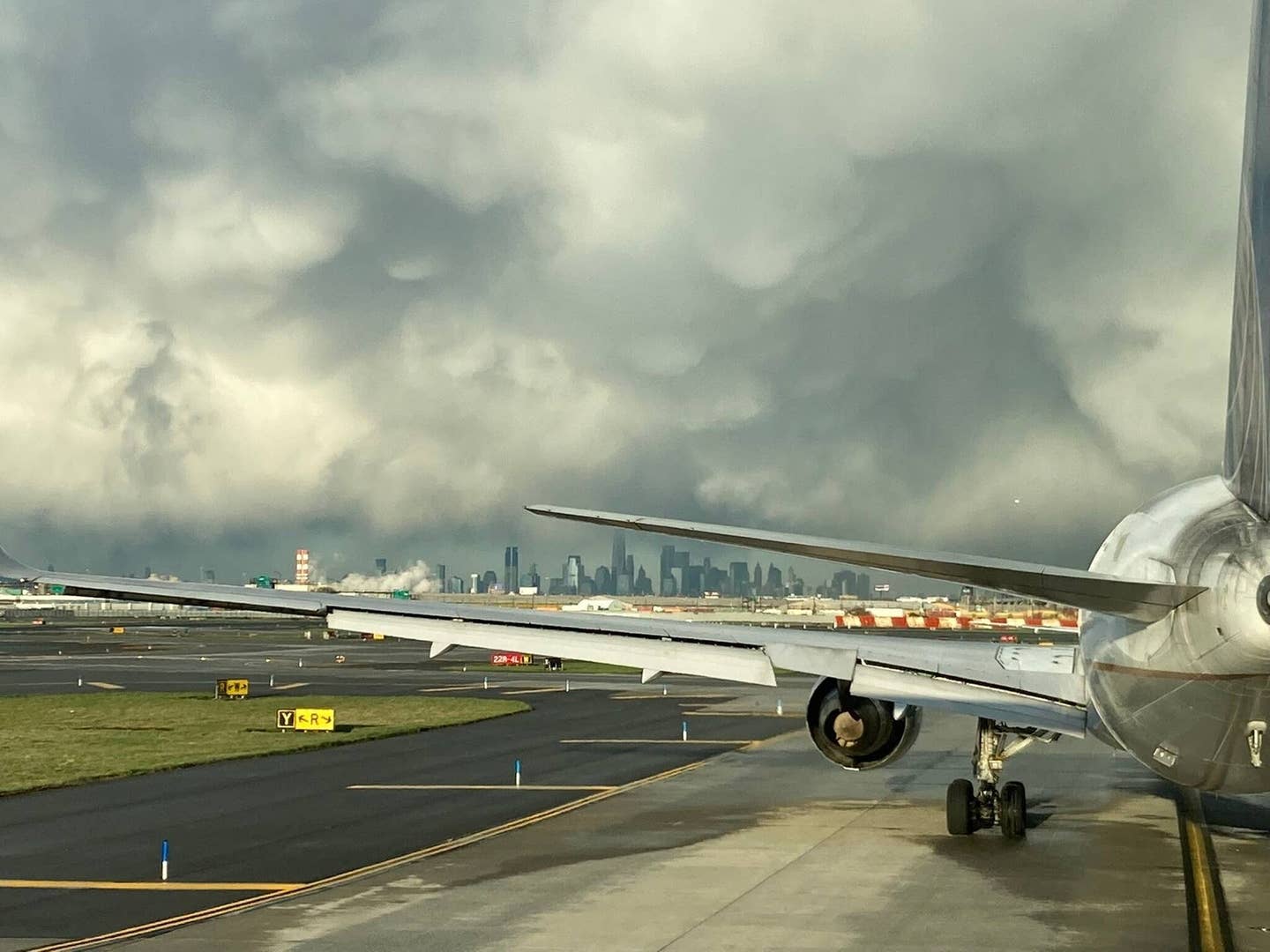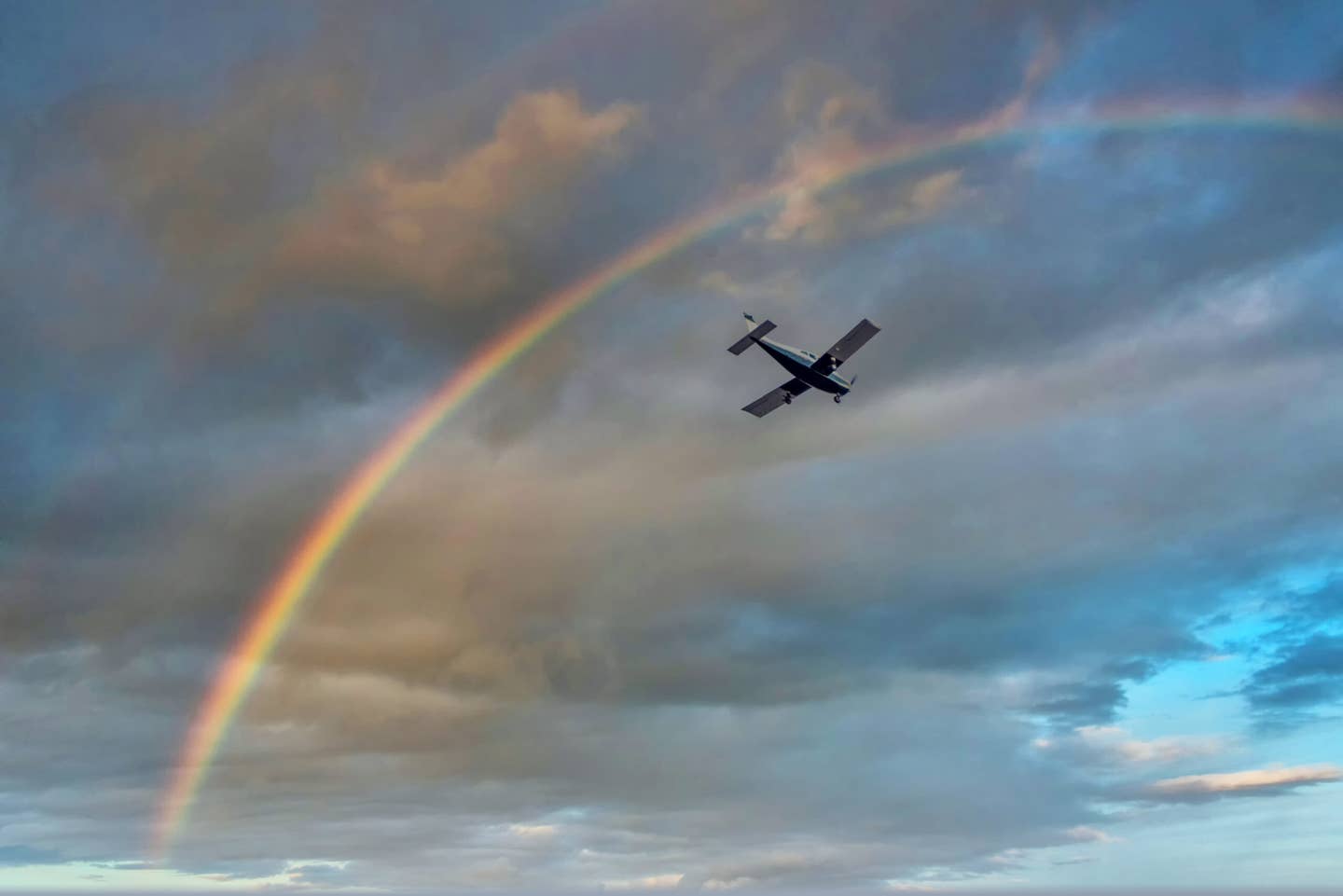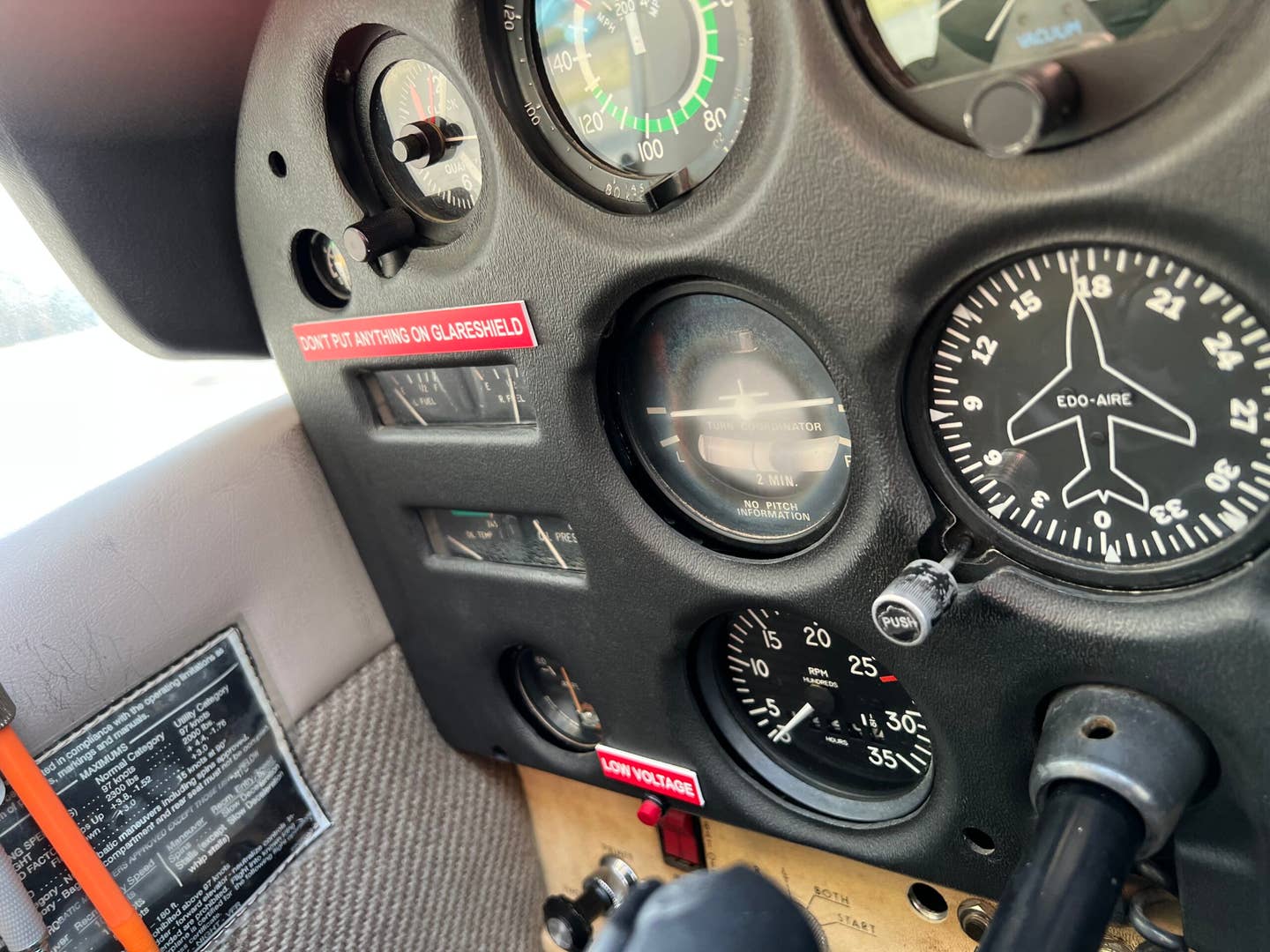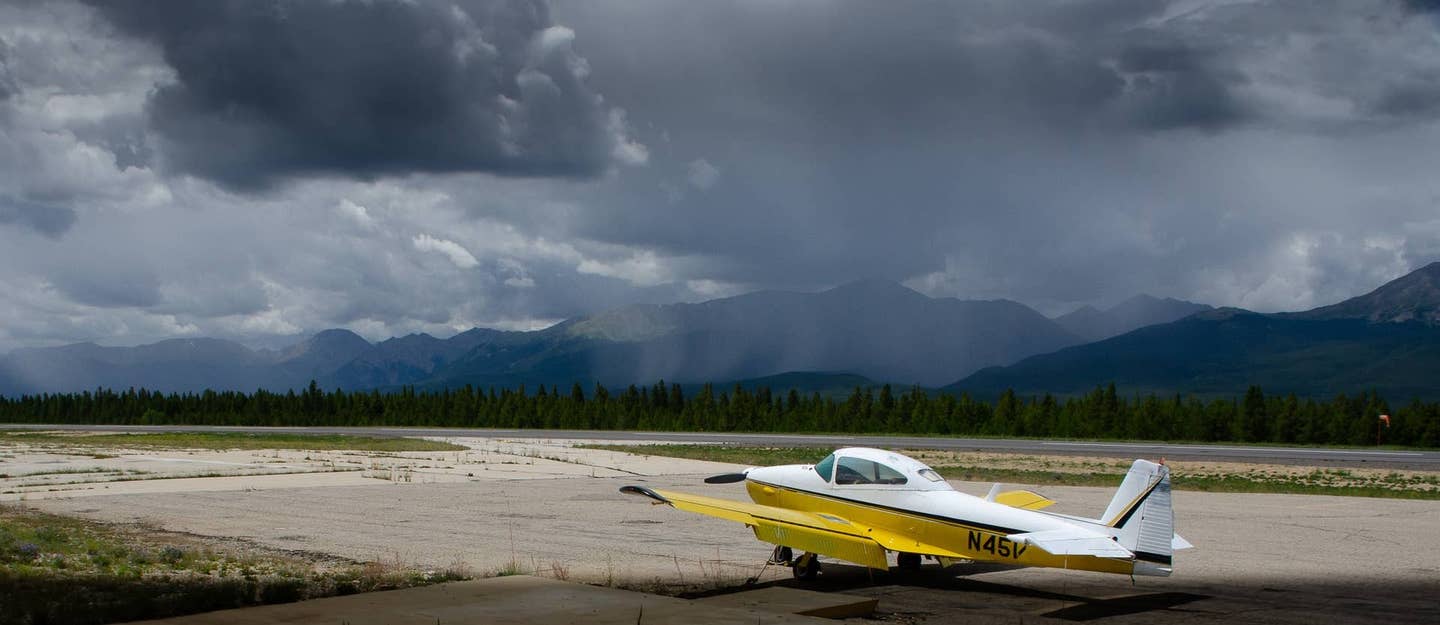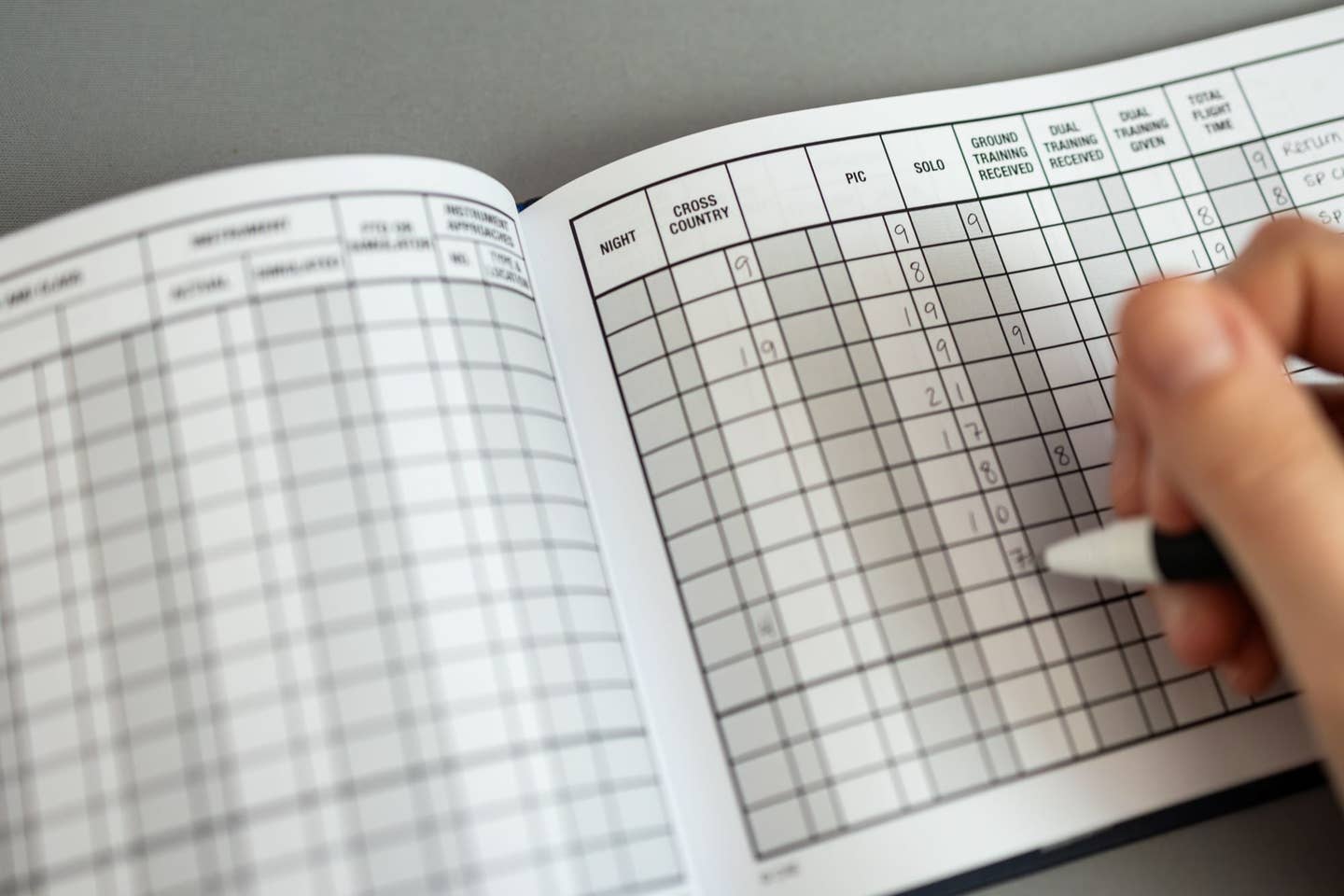
** Tips for VFR pilots wary of entering
Class B airspace.**
Many VFR pilots are apprehensive about requesting transitions through Class B airspace, figuring it’s less of a hassle (for them and frenzied controllers) to simply dive down under, climb over or skirt around these busy swaths of sky surrounding the nation’s biggest airports.
But a fear of keying the microphone and talking to a controller shouldn’t stop you from requesting clearance through Class B airspace if it makes sense for a particular flight. The benefits of flying in Class B airspace often make such requests well worth the minimal effort required on your part, both in terms of time saved and the advantages of being in contact with ATC. Still, there are a few key points to remember before requesting clearance into Class B airspace:
• First, you must be at least a private pilot or hold a student pilot endorsement from your instructor to fly in Class B airspace. Sport pilots and recreational pilots can operate in Class B, C and D airspace with training and an instructor endorsement (FAR 61.325 & 61.101) but you need a private pilot certificate or better to operate at 12 "select" Class B airports (listed in the AIM Section 3-2-3(b)2).
• Your airplane must be equipped with an altitude-encoding Mode C transponder and a two-way radio. (Navigation equipment such as a VOR or GPS receiver is not required, although they're certainly helpful.)
• Before entering Class B airspace you must hear the magic words, "Cleared into Class Bravo airspace." Unlike Class C and D airspace, merely establishing two-way radio communications isn't good enough to enter these giant "upside down wedding cakes."
You can find the correct frequency for contacting the appropriate controller on the VFR sectional or terminal chart. After establishing initial contact, tell the controller who you are, where you are, and what you want to do. For example, you might say: “Orlando Approach, Piper 12345 is 20 miles northwest, level 5,500, en route Melbourne.”
The controller will issue you a squawk code. Read back the squawk code and wait for the controller to locate you on his radar screen and (hopefully) clear you into the Class B airspace.
After you have been cleared into the Class B, your job is to comply with all controller instructions (unless you are unable to, in which case you must say so) and listen for handoffs to other controllers.
Inside Class B airspace, you’ll benefit from radar separation from all other traffic (both IFR and VFR), you won’t have to worry about transitions through Class C or D airspace within the Class B, and, best of all, weather minimums drop to three statute miles visibility and clear of clouds.

Sign-up for newsletters & special offers!
Get the latest FLYING stories & special offers delivered directly to your inbox


